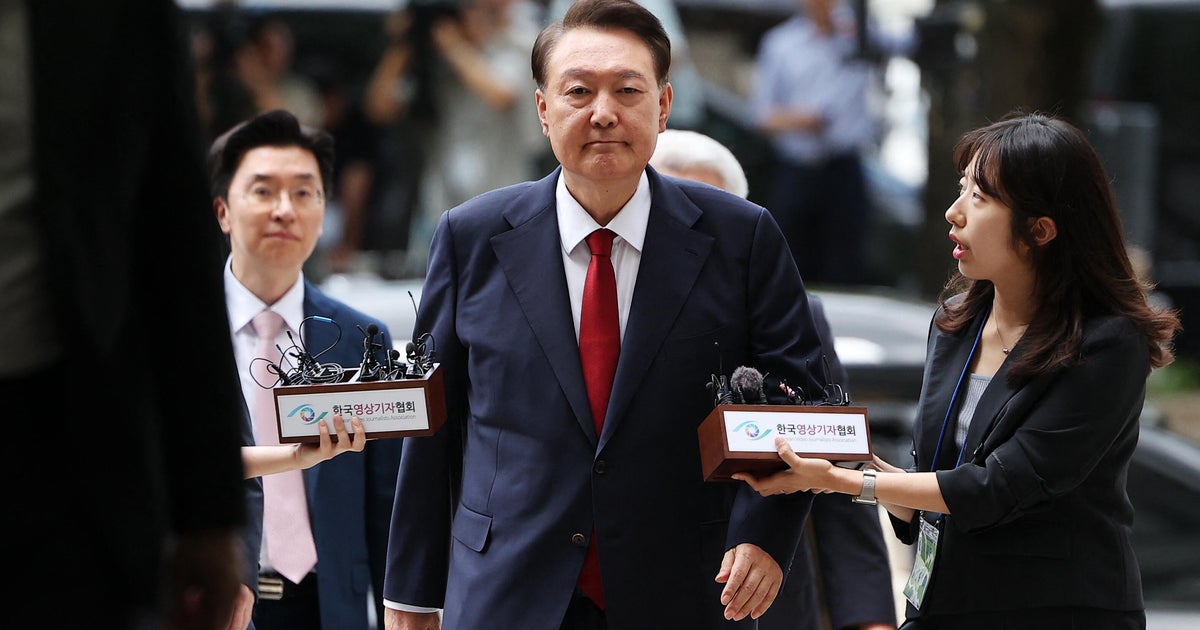
It has become a major argument for the United Auto Workers (UAW) union: if the CEOs of Detroit’s three automakers saw a 40% increase in pay over the past four years, then workers should also receive similar raises.
UAW President Shawn Fain has repeatedly cited this figure, comparing it to the 6% pay raises that autoworkers have received since their last contract in 2019. He initially demanded a 40% wage increase over four years, along with the reinstatement of pensions and cost of living increases. The UAW has since reduced its demand to a 36% wage increase, but the two sides remain far apart in contract talks, leading to a strike.
Fain’s emphasis on CEO pay reflects a growing trend among confident labor unions who are highlighting the wealth gap between workers and top executives to support their demands for better pay and working conditions. In June, Netflix shareholders rejected executive pay packages, and the Writers Guild of America wrote letters urging investors to vote against pay proposals at Hollywood companies such as Comcast and NBCUniversal, citing ongoing writer strikes. Fain has dismissed concerns that higher union wages would increase vehicle costs and put the Big Three automakers – General Motors, Ford, and Stellantis – at a disadvantage compared to foreign competitors with lower-cost labor forces in the electric vehicle market.
“We are asking for 40% pay increases because CEO pay has gone up by 40% in the last four years alone. They are already millionaires,” Fain stated in an interview. “Our demands are fair. We are simply asking for our fair share in this economy and the fruits of our labor.”
However, the claim that the Big Three CEOs received 40% pay increases is not entirely accurate. General Motors CEO Mary Barra, the only one of the three who has held the position since 2019, had a compensation package worth $28.98 million in 2022, with the largest component being $14.62 million in stock grants. This represents a 34% increase since 2019. Ford CEO James Farley received nearly $21 million in total compensation in 2022, a 21% increase from 2019. Stellantis CEO Carlos Tavares’ pay increased by nearly 77% since 2019, but the calculation method used by Stellantis differs from that of GM and Ford, making direct comparisons difficult.
Regardless of the exact figures, the pay disparity between CEOs and rank-and-file workers at all three companies is significant. At GM, the median worker pay in 2022 was $80,034, compared to Barra’s annual compensation. The gap is similarly large at Ford and Stellantis. These gaps far exceed the average pay gap at S&P 500 companies and are significantly higher than historical standards.
The automakers argue that their foreign competitors pay their workers significantly less, and that higher union wages would put them at a competitive disadvantage. For example, workers at the Detroit 3 automakers receive around $60 per hour, while workers at foreign automakers with US factories earn about $40 to $45 per hour. The case of Tesla is also notable, as CEO Elon Musk’s compensation is significantly higher than that of nonunion workers, highlighting the wealth disparity within the company.











